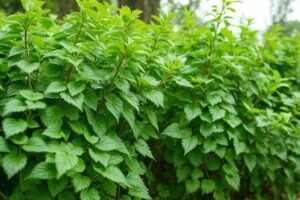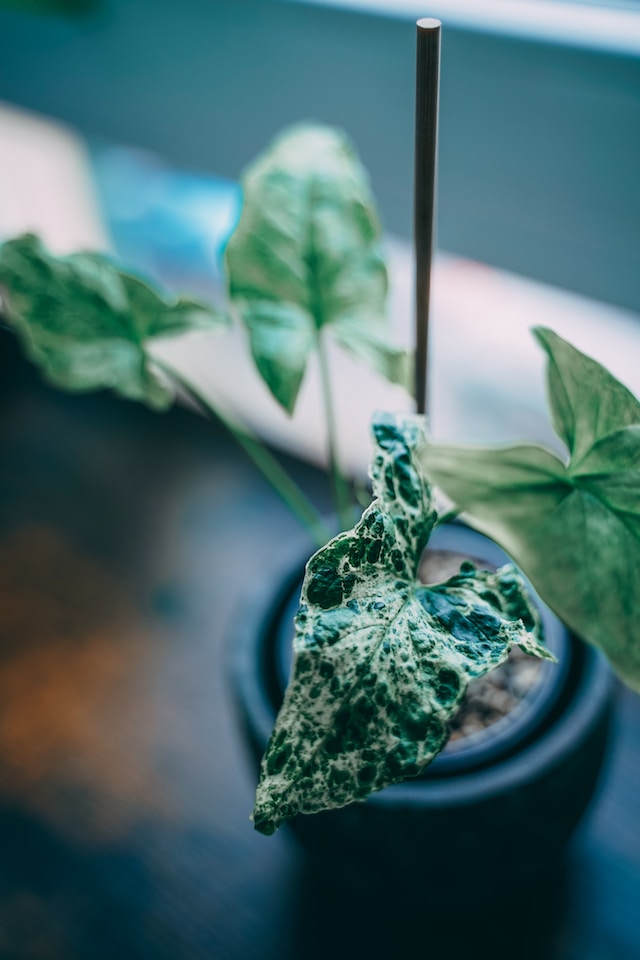Introduction
Planting climbing plants on fences and walls is a great way to add privacy to your yard, plus it can bring some much-needed color and life to your home. The only problem is that many flowers and plants won’t just grow on their own. They might need some extra help. To get started with your own garden wall or fence project, follow these tips:
Enrich the soil with compost.
Compost is a great fertilizer that can be added to the soil before planting. It’s also easy to make at home, or you can buy it in bags at your local garden center. Compost helps retain moisture in the soil, which will keep your plants happy and healthy during dry spells.
Composting takes time, but it’s well worth the effort: You’ll have access to free organic fertilizer that will enrich your plants’ roots and boost their growth rate!
Train the vines to climb a fence or wall.
If your vines are trained to climb a fence or wall, you’ll need to dig holes and plant the vines in them.
After planting the vine, cover it with soil and water it well. Then wait for your vine to start growing!
Scratch off your designs on the fence or wall first (optional).
To create a design on your fence or wall, you can scratch off the surface of the paint in order to reveal the wood beneath. You’ll need:
- A nail (or similar tool) to scrape away at the paint
- A brush or cloth to remove debris from your design
or
- A power tool such as an electric sander or grinder
Dig up the climbers.
Digging up climbers is a delicate process. You need to do it at the right time of year, or they’ll be damaged and die.
- Don’t dig them up too early: If you’re planning on moving plants in the winter (or any time before June), don’t dig them up until after they’ve gone dormant for the season–this means that their leaves will look brown and crispy, rather than green and fresh. If you try to move them while they’re still active, they’ll suffer from shock, which could kill them or make them less healthy once they get moved to their new location.
- Don’t dig them up when flowering: Some climbers have flowers on them at certain times of year; others don’t produce flowers until later in life (like wisteria). Either way, if there are flowers on your climbing plants when you’re ready for transplanting day then wait until after those blooms have died off before digging into things–you don’t want those precious seeds getting crushed!
Tie the climbers around their stakes.
Now that the plants are in place, it’s time to tie them up. For this task, you’ll want to use a soft material like cotton or jute twine.
Tie the vines around their stakes at regular intervals as they grow. This will help keep them upright and encourage them to grow in a straight line along your fence or wall. You can also tie them in multiple directions (in an “X” formation) as they grow–this makes it easier for you when taking down and replanting new climbers in springtime! A figure eight knot is great for securing climbing plants because it doesn’t slip out over time like most knots do; however, if this isn’t something you’re familiar with then just follow these simple steps: 1) Make two loops around each stake above where it meets with another piece of wood 2) Cross one loop over another 3) Pull tight!
These tips will help you grow climbing plants on your fences and walls.
If you want to grow climbing plants on your fences and walls, these tips are for you!
But if you don’t want to grow climbing plants at all, well then this article isn’t for you at all.
Conclusion
We hope you’ve learned a lot from this article, and that you’re ready to try your hand at growing climbing plants on your fences and walls. With the right tips and tricks, it can be easy!












